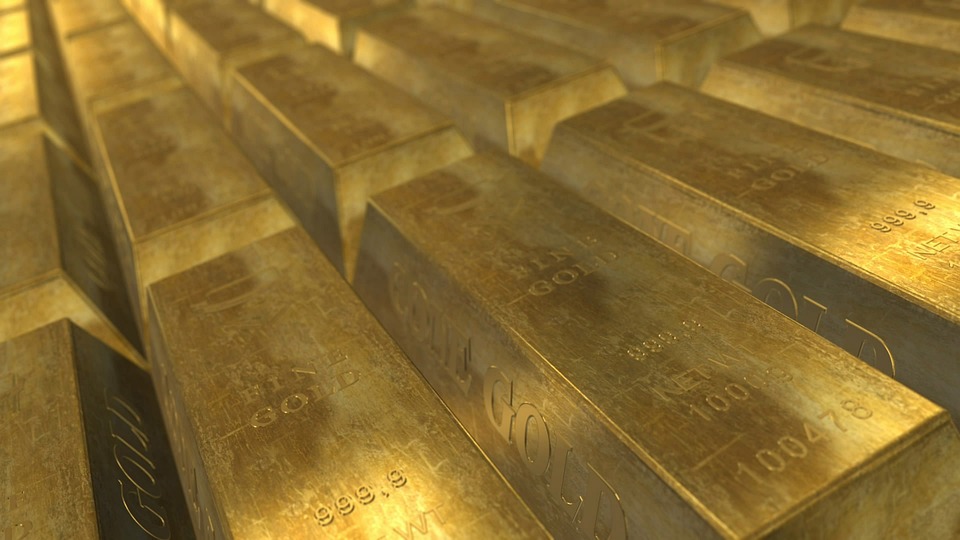There Are Fewer, But Much Bigger Buyers, Of Gold

Image Source: Pixabay
Secretary Bessent's answering a serious question about gold with a mere clich today was his way of saying the subject is too sensitive to be discussed openly. Besides that, the clich is almost certainly mistaken.
The six-month chart of the gold price, showing a nearly vertical ascent screams "short squeeze," the sort of problem central bankers once boasted they could easily control.
As Federal Reserve Chairman Alan Greenspan testified to Congress in 1998, "Nor can private counterparties restrict supplies of gold, another commodity whose derivatives are often traded over-the-counter, where central banks stand ready to lease gold in increasing quantities should the price rise":
But it looks like central banks aren't leasing much gold anymore but instead are buying and repatriating loads of it. That chart shows what happens to the gold price when central banks are no longer in step with U.S. gold price suppression policy.
More buyers than sellers? Unlikely. There are as many reports about ordinary people selling their gold to realize a windfall on their jewelry and other collectibles as there are reports about people lining up to buy at coin shops. In any case a million ordinary people buying small amounts of gold are easily outweighed by a small number of central banks buying tonnes and tonnes of it, exploding the system of controlling the gold price with derivatives creating a huge imaginary supply of the monetary metal – naked shorting that can't be covered by the unusual recent demand for deliveries.
Reporting from the trenches of the London gold market, metals trader Andrew Maguire lately has asserted that the Federal Reserve is now the only central bank still shorting gold in London and no longer has metal to cover its short positions with but has to keep buying back its short positions at higher prices.
Indeed, as noted by Gold Newsletter's Brien Lundin, the strange and abrupt demise of the plan by President Trump and his sometime assistant Elon Musk to audit the U.S. gold reserve at Fort Knox may be a hint that the U.S. government itself is desperately buying gold to recover the metal it has been leasing and swapping for many years, so that, eventually, a gold audit won't prove too embarrassing.
Such a scenario matches the gold chart perfectly.
The International Monetary Fund, long a key participant in gold price suppression and concealment of central bank interventions, is having its annual meeting in Washington this week, as is the World Bank. It would not be surprising if the United States used the IMF meeting to solicit a little help in getting gold back under control, to buy a little time in the gold and currency markets. China, which seems to have cornered the physical gold market and to be enjoying the metal's ascent, might demand a high price for cooperation.
In any case, as the Gold Anti-Trust Action Committee has been documenting for more than 25 years, gold is the playground and battlefield of central banks and governments, the creators and dispensers of infinite money. Traditional economics and market analysis doesn't apply to gold. "More buyers than sellers" is nonsense here. The crucial question is: Who are the buyers and who are the sellers, and why are they buying and selling?
If only a few mainstream financial journalists could recognize and challenge the nonsense and dare to ask the right questions.
More By This Author:
A 20 Percent Portfolio Allocation To Gold And Silver Is Going MainstreamFed Chair Powell: Balance Sheet Reduction May End Soon
Silver’s Squeeze And Gold’s Surge: Treat The Illness, Not The Symptom



